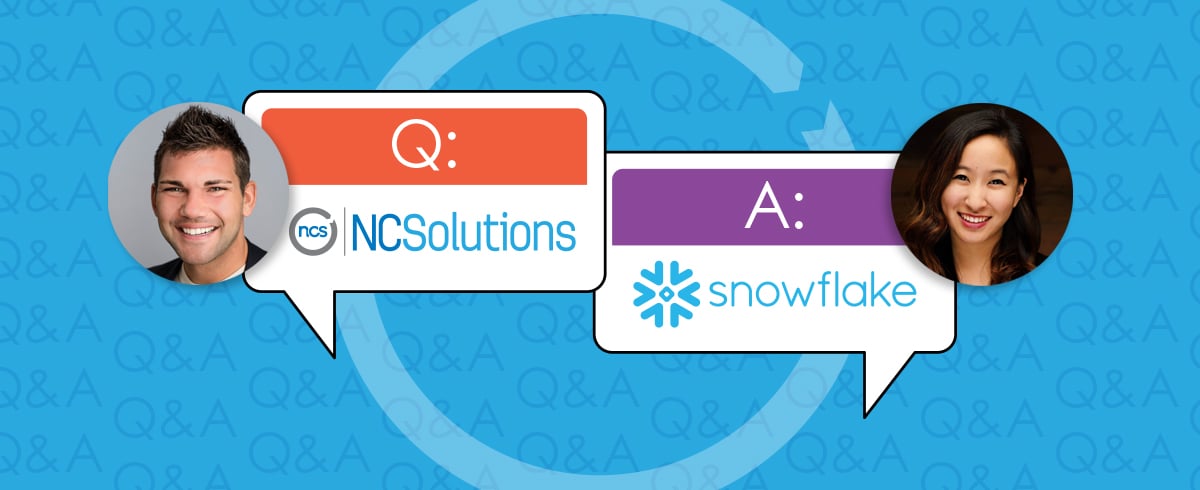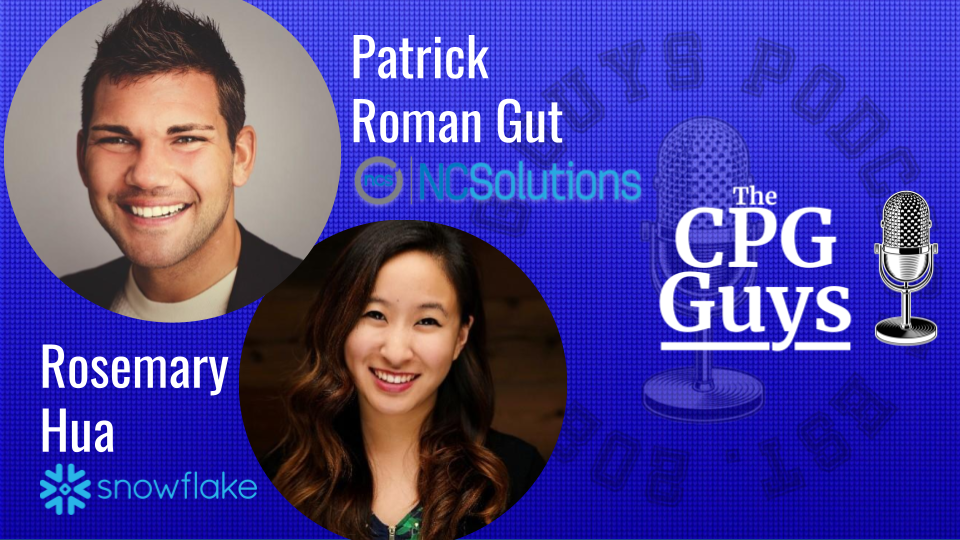Menu
Snowflake’s Rosemary Hua talks about breaking down data silos to help CPGs achieve even greater advertising effectiveness.
By NCS Marketing
Using data to inform digital marketing is no longer something that brands are dipping their toes into. Rather, it’s a staple of contemporary advertising.
And yet, it’s often challenging for consumer packaged goods brands to combine the right datasets—first-party and third-party—and achieve the kind of cross-platform, data mixing alchemy the industry has long promised in a privacy-safe way.
These “disparate, siloed” datasets prevent CPG advertisers from making the most of their data, according to Rosemary Hua, global head of industry GTM, retail and CPG at data management platform Snowflake.
Snowflake functions as a comprehensive data platform, pulling in data from the major cloud storage platforms (Amazon, Google and Microsoft), thus allowing CPG brands to mix, match and redeploy data that would otherwise be separate. In doing so, Snowflake allows CPGs to glean even deeper insights into their consumers and business.
To enable CPG brands to safely marry the right data assets together and drive effective campaigns, Snowflake is launching the Retail and CPG Data Cloud. The vision is to bring data, insights, and partners onto one platform for retailers and CPG companies to consume in one place, including seamless access to data cleanrooms for collaboration.
To help celebrate this launch, Patrick Roman Gut, vice president of brands and agency sales for NCS interviewed Rosemary Hua about the big trends in big data, and the data capabilities that were unavailable just five years ago and why moving to a fully cloud-based data solution is much easier than many CPGs think.
Q:
PATRICK: What do you see as the big data trends — or rather the big Big Data trends — in 2022?
A:
ROSEMARY: The biggest trend is CPGs, or at least the most advanced CPGs, becoming super consumers of data from retailers and insights from solutions such as NCS. NCS has been helping consumer packaged goods brands improve their advertising effectiveness for years, and as we look at the future needs of the market, the partnership NCS has with Snowflake is very forward-thinking. Given NCS’ position in the marketplace, they are sharing not only data with CPGs, but also connecting media initiatives and insights with CPGs as well.
Q:
PATRICK: What does that synergy look like?
A:
ROSEMARY: The specific functionality Snowflake brings to the table is the ability to share data without data movement, but rather through managing permissions. We exist across all three major data cloud storage platforms — Google GCP, Microsoft Azure and Amazon AWS. So when NCS works with a CPG, or several CPGs, it can do so without having to worry about which tech stack each CPG is on — and the solution and experience is always the same.
Functionally, that means the data sharing can happen seamlessly, without moving the data or replicating it. You’re simply just managing the access permissions to that data set. And it’s especially important because if NCS needs to follow through with certain local privacy regulations, such as CCPA or GDPR, in their media solutions, they can do so more easily by having one data source for multiple consumers. That’s our big differentiator.
Q:
PATRICK: The benefit to CPGs seems obvious, then. CPGs are able to call up on and mix together these otherwise disparate datasets and glean even deeper insights about consumers, correct?
A:
ROSEMARY: Exactly. Not only do CPGs have siloed data platforms, especially the larger ones with legacy infrastructures, but they’re not always sure which partners to work with to make the most sense out of that data. Working with partners like NCS, Snowflake brings together the entire ecosystem data, partners and people to the CPG table.
Q:
PATRICK: What kind of capabilities and insights are unlocked for CPGs by combining these different datasets?
A:
ROSEMARY: There are three big focus areas CPGs use this data sharing capability for. Number one is consolidating all of their retail and syndicated data sources, as well as their media partner data, in one platform. It allows them to have one source of truth for their retail point of sale data, their media customer marketing trade promotion data, their supply chain distribution and operations data, all of it in one place.
The second big use case is around our data cleanroom, which is basically this ability for CPGs to add on first-party data without exposing the sensitive, underlying customer data. We do this by automatically hashing email addresses. The cleanroom functionality is used to enrich customer data without having to share email spreadsheets with other media partners.
Last, supply chain control tower use cases where they can get full end-to-end visibility of the manufacturing of their products.
Q:
PATRICK: What’s possible for CPG app advertisers now that wasn’t possible five years ago?
A:
ROSEMARY: Five years ago, everyone was on the hype train of migrating to the cloud. There were initiatives for everyone to move off of on-premise systems, although it did take some convincing. What CPGs didn’t have back then was the ability to share data across those cloud sources. And that’s important because, contrary to popular belief, there can be silos in the cloud. So if you had silos before, when your data was on-premise, you didn’t necessarily fix that problem when you ported everything to the cloud. There are hybrid solutions, but if you don’t have the right data sharing mechanisms, you’re going to run into the same silo issues that you did before.
Q:
PATRICK: A common thread in retail marketing coverage is CPGs are poor when it comes to first-party data. What options exist so they can target their customers best at scale?
A:
ROSEMARY: There are a couple ways to do it. Number one, there are industry middlemen that partner with Snowflake to bring together point of sale data, combine it in one place and share that with CPGs. So they will actually go on behalf of a CPG and, using their credentials, pull some of that retailer’s first-party data into Snowflake so that it’s all in one place for the CPG. Number two is CPGs can get syndicated data sources to understand market trends. The one issue with syndicated data sources is that many times it’s not granular enough to actually achieve the kind of insights that they need. Many times it’s at the level of category, market or regional leadership, and not at the customer-targeted marketing level. This brings us to the last way, which is that CPGs can use direct retail data, in addition to partnering with media brands and other partners like NCSolutions, to enrich their first-party data.
But the entire world of first-party data is changing. A lot of CPGs now are going direct-to-consumer, especially with brick-and-mortar struggling because of the pandemic. The D2C channel has accelerated and opened up.
Q:
PATRICK: Has the pandemic had any other long-term effects on the CPG market?
A:
ROSEMARY: With all the uncertainty in the world — between COVID, supply chain issues and instability in the labor markets — CPGs can no longer use historical models to predict what will happen. Instead, they need to use AI and machine learning techniques to really get into the minutiae of what’s happening, in real-time. And that can only be done by having your data in the cloud.
Q:
PATRICK: How have retail media networks changed the advertising landscape for CPGs?
A:
ROSEMARY: It seems like every day, there’s a new retailer building their own media strategy. That means CPGs now have to work with 30 different retail media networks and have potentially 30 different strategies. It can make it difficult for CPGs to maximize their profit. And obviously, it means that they have to get really savvy on the types of analytics and efficacy of their media campaigns on each of those platforms.
Q:
PATRICK: Data deployment, especially at the scale Snowflake operates, can be daunting to CPGs. How would a CPG begin that process?
A:
ROSEMARY: There are three main paths to implementing with Snowflake. The first is you go it alone. There are free trials of Snowflake. We also tend to give our customer prospects some free credits so they can play around. We love to do a proof of concept with our prospects and show them how it all works.
The second way is to partner with a global systems integrator, like a consulting company, to actually come in and implement.
The third way is to go with our professional services arm. A Snowflake solutions architect comes in and builds it out for you. That’s the best way to do it.
Q:
PATRICK: What is the biggest misconception CPG brands have when it comes to data?
A:
ROSEMARY: That it’s very, very, very difficult to transition to a fully cloud-based system and it will take forever to implement.
That is the gut reaction CPGs give when we talk about the cloud and data sharing. They say, “I’m worried about right now.” Our answer to that is you can bring these data sets from the marketplace, into Snowflake, in 10 minutes. Enriching your data is not a multi-quarter effort.
Over the past several months I’ve gotten to speak with Rosemary quite a bit and have really had a great time and learned a bunch from our conversations. Recently we sat down with The CPG Guys and were interviewed about how consumer packaged goods brands can achieve a higher return on ad spend (ROAS) using insights and data in privacy-safe environments. I invite you to learn more by listening to the conversation.
Subscribe for Updates
GET INSIDE THE MINDS OF CPG BRAND MARKETERS
Learn about their data-fueled strategies
SNAG YOUR COPY OF THE REPORT TODAY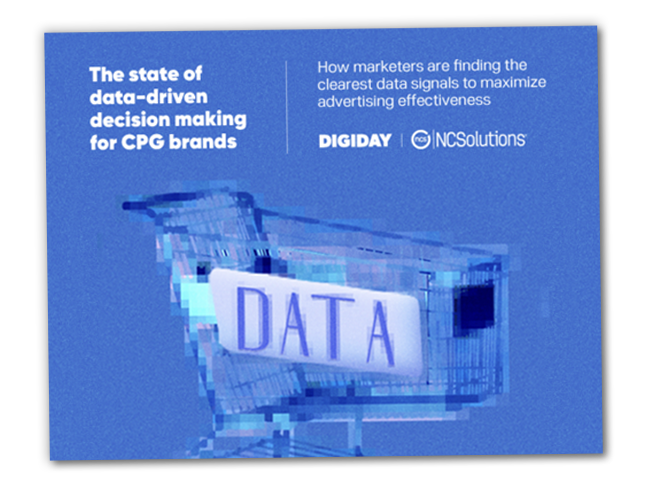
WONDERING HOW CONSUMERS RESPOND TO INFLUENCER MARKETING?
See how creating content drives results
DOWNLOAD YOUR COPY NOW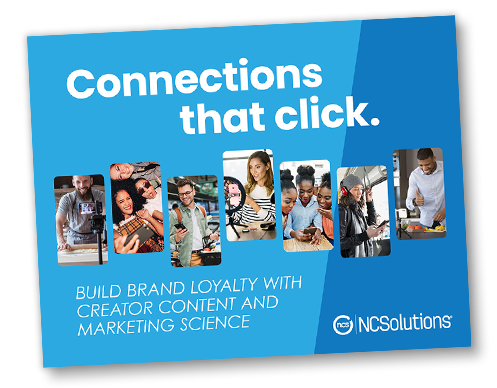
WANT TO KNOW MORE ABOUT HEALTH AND ECO-MINDED SHOPPERS?
Get CPG insights to engage your buyers
ACCESS THE E-BOOK TODAY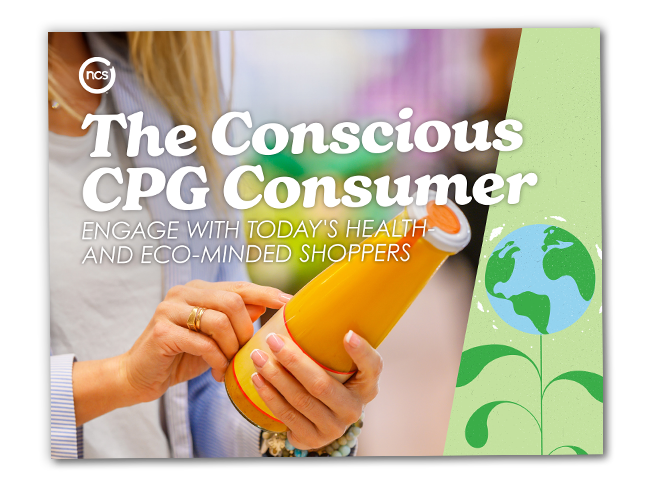


.png)
.png)

